Retail
It wasn’t until the mid to late nineties that Pakistan witnessed the beginning of what would later be termed ‘mall culture’, with the opening of Pace in Lahore in 1994 and Park Towers in Karachi in 1999.
Prior to this, there was Agha’s in Karachi (the favourite shopping haunt of the elite) and then there were the ‘plazas’; Liberty Market in Lahore, while in Karachi, Bohri Bazaar was supplanted by Tariq Road as the premier shopping hub. In between, there was the lawn revolution, with designers exhibiting their creations at five-star hotels (an early version of the ‘pop-up’), drawing in hordes of avid shoppers. Not surprisingly, the fashion houses were among the first to spot the opportunities that came with displaying their creations in air-conditioned retail spaces, and were among the main drivers of customer footfall. As consumers took to mall culture like ducks to water, they spread across Pakistan’s two- and three-tier cities, moving from shopping experiences (fashion, electronic appliances, home appliances) to fullon family leisure and entertainment hangouts, with food courts, cinema halls, play areas and gaming zones.
One of the primary beneficiaries of mall culture were the hypermarkets, many of which are located within malls. When Aurora published its retail cover in January-February 2012, titled The Supersizing of Modern Retail, the sector was worth between $14 and 16 billion. This was also when global chains such as Carrefour, Metro and Makro entered the market. By 2017, the value of Pakistan’s retail sector was estimated at $152 billion, as per Planet Retail (a global retail consultancy), making retail the third-largest contributor to the economy, accounting for 18% of total GDP, and the secondlargest employer after agriculture. A by-product of modern retail on the economy was that until then it was unorganised and undocumented (it remains mostly so), and it can be argued that modern retail, along with the introduction of bar codes in early 2000 and the spread of credit card payments, has helped document the economy. Modern retail today goes beyond the mall, and if fashion houses were the making of mall culture in Pakistan, groceries underpinned the success of modern trade. By 2018, Nielsen estimated that were nearly 600,000 grocery outlets in Pakistan.
Along the way, there have been hits and misses, and compared to a decade ago, many malls have surplus space for rent, while many grocery stores have come and gone. This is largely a function of a fragile economy – particularly, Covid-19, the economic crises of 2022 and 2023 and the popularity of online shopping. For context, according to the State Bank of Pakistan, the number of registered e-commerce merchants in Pakistan increased from 1,707 in 2019-20, to 3,003 in 2020-21 – a 76% increase, making Pakistan the 46th largest market for e-commerce, with a revenue of $5.2 billion in 2023.
What this means for the retail sector in future is an open question. Shopping and eating are prime leisure activities for most consumers, and this trend is unlikely to change. What may change is how Pakistanis buy their stuff.
From Aurora’s archives
INTERVIEW
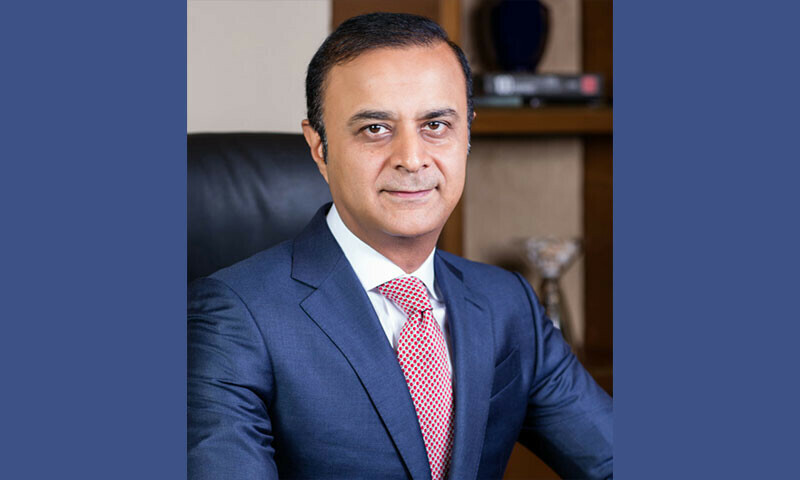 Muhammad Ali Tabba, Chief Executive, Lucky Cement
Muhammad Ali Tabba, Chief Executive, Lucky Cement
PROFILE
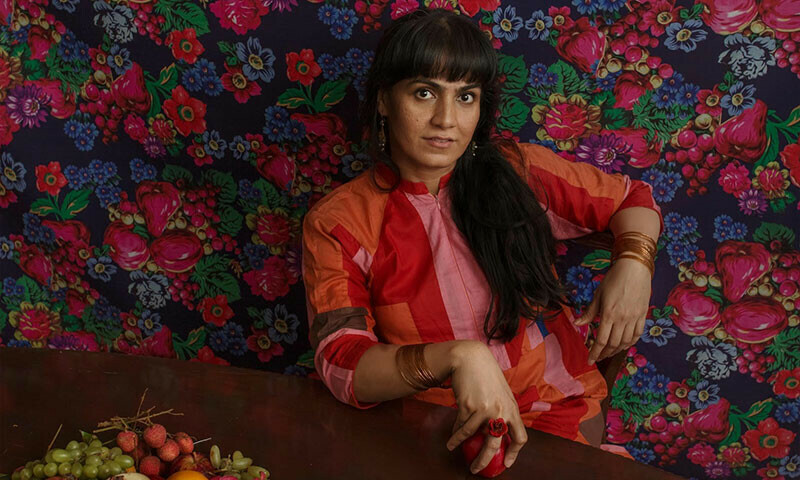 Celebrating the Authentic Pakistani Woman: Khadija Rehman, Director, Generation
Celebrating the Authentic Pakistani Woman: Khadija Rehman, Director, Generation
ARTICLES
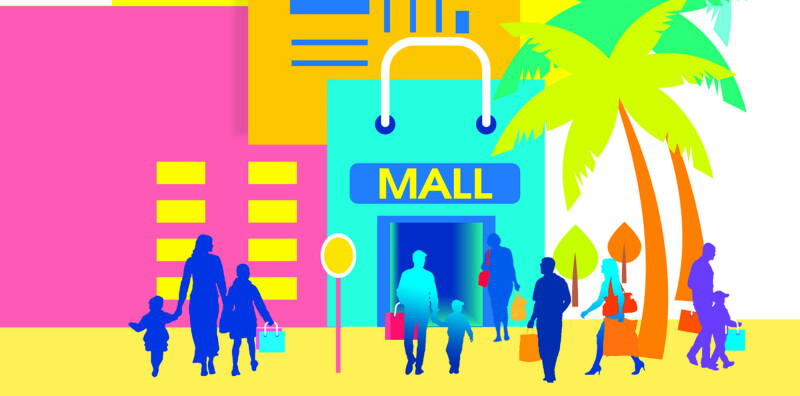 Retail Revs Up – Ayesha Shaikh
Retail Revs Up – Ayesha Shaikh
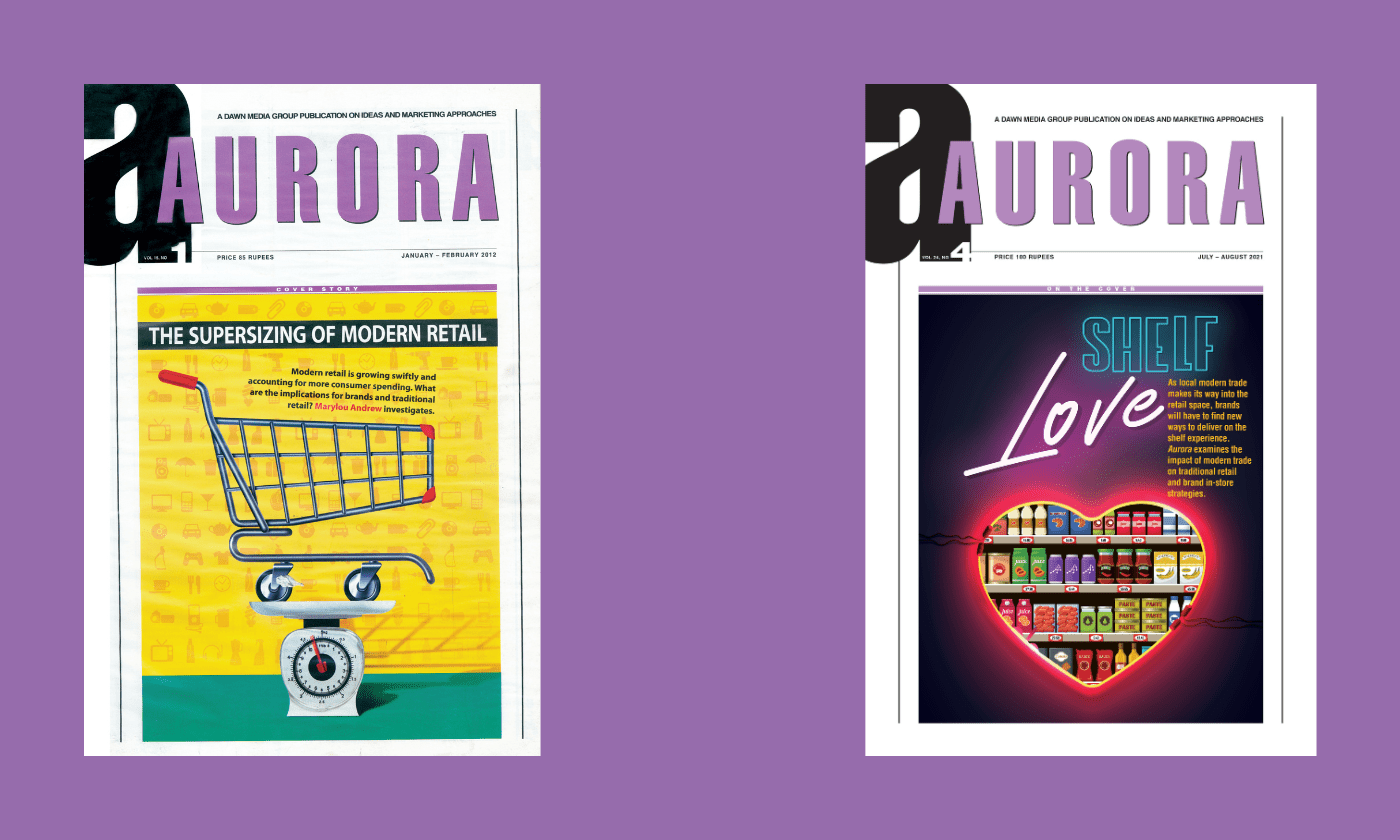
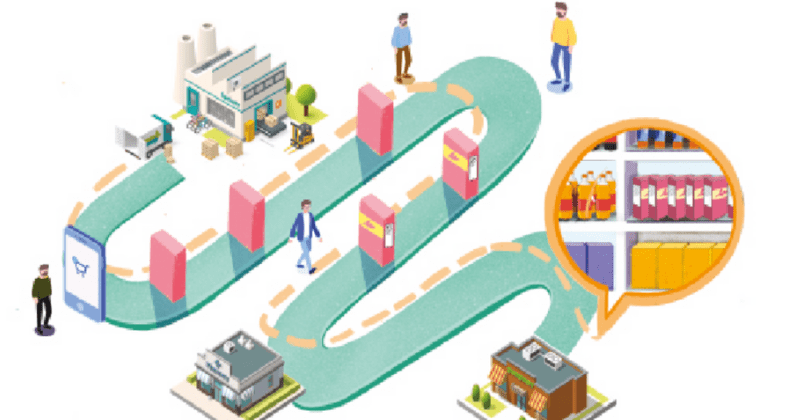
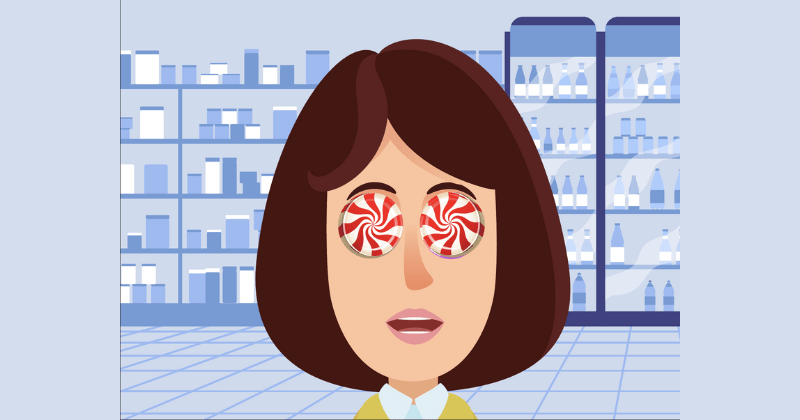
Comments (1) Closed